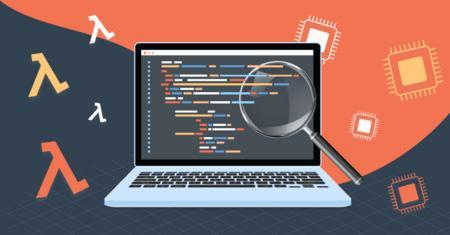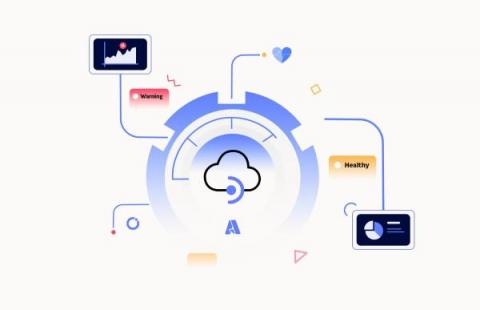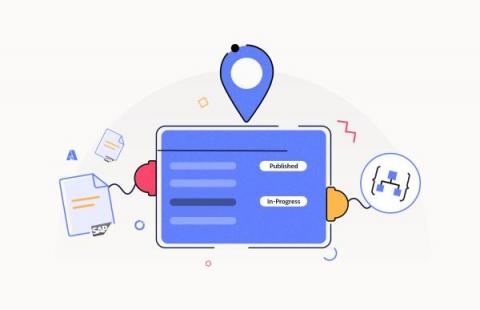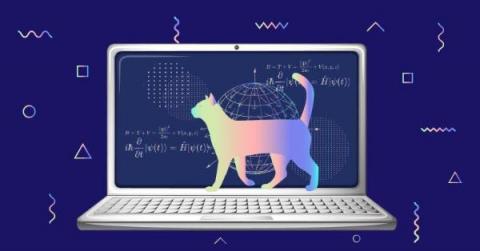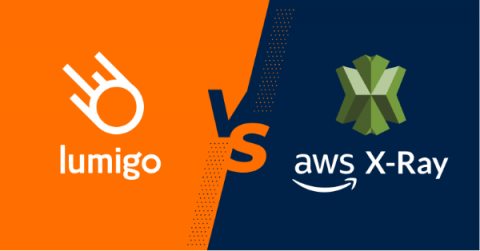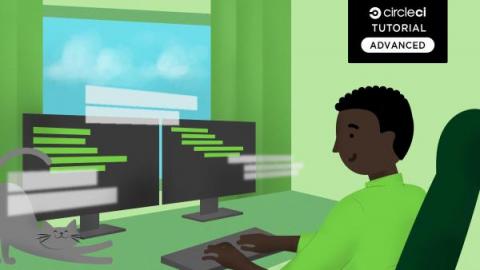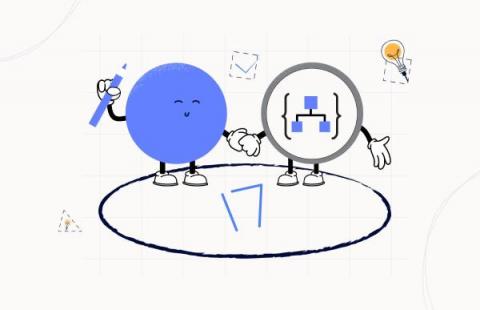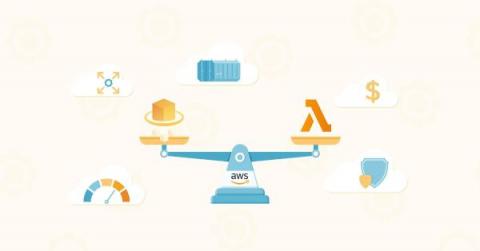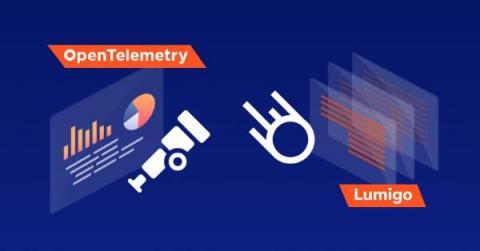Observing AWS Lambda IOT devices
The internet of things is one of my favorite topics. IOT enables low-powered connected devices that opens gateways from the digital to the real world. While I love tinkering away with an Arduino sketch and the latest Espressif or Arduino board, there is always an air of frustration when trying to build out what at first seems like simple functionality using one of these “smart devices” because of the limited view we have into their operations.


